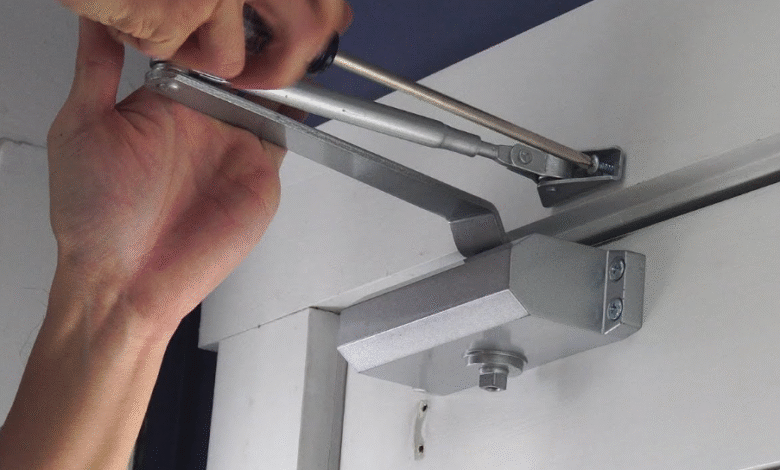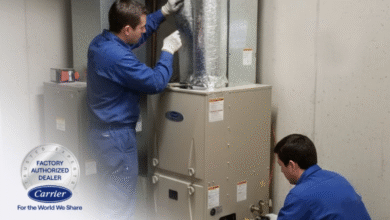Best Practices For Installing And Adjusting Commercial Door Closers

Commercial door closers play a critical role in modern building infrastructure, providing controlled door movement while ensuring security and energy efficiency. These mechanical devices regulate the speed at which doors close, preventing them from slamming shut and protecting both the door hardware and surrounding walls from damage.
The proper installation and adjustment of lcn 4041 commercial door closers directly impact building safety, accessibility compliance, and long-term operational costs. Understanding the fundamental principles behind these systems enables facility managers and maintenance professionals to optimize door performance across various commercial environments.
Essential Installation And Adjustment Techniques For Commercial Door Closers
Mastering the installation and fine-tuning process requires attention to specific technical details, such as:
1. Select The Appropriate Door Closer Size Based On Door Dimensions And Weight Specifications
Door closers are rated according to ANSI standards, with sizes ranging from 1 through 6. A Size 3 closer typically handles doors up to 120 pounds, while a Size 5 closer accommodates doors weighing up to 220 pounds.
2. Position The Closer Body Correctly On The Door Frame Or Door Surface
Top-jamb mounting offers the most aesthetically pleasing installation, with the closer body attached to the frame header. Regular arm mounting places the closer on the pull side of the door, providing easier access for adjustments.
3. Ensure Proper Arm Attachment And Pivot Alignment During Installation
The main arm should be positioned at a 90-degree angle when the door is fully open, connecting to the door. Misaligned arms create binding issues and uneven closing forces, compromising performance.
4. Calibrate The Closing Speed Using The Appropriate Adjustment Screws
Most commercial door closers feature separate valves for controlling sweep speed and latch speed. The sweep speed governs the door’s movement from fully open to approximately 15 degrees from the frame.
5. Adjust The Backcheck Function To Prevent Door Damage From Forceful Opening
Backcheck restricts the door’s opening speed when pushed beyond normal limits, protecting walls and adjacent equipment from impact damage in high-traffic areas.
See also: Budget-Friendly Solutions for Home Makeovers
6. Test The Closer’s Performance Under Various Load Conditions And Environmental Factors
Temperature fluctuations affect hydraulic fluid viscosity, altering closing speeds throughout seasonal changes. Regular testing ensures consistent performance regardless of ambient conditions.
7. Verify Compliance With Accessibility Standards And Local Building Codes
The Americans with Disabilities Act requires specific opening and closing force measurements. Opening forces should not exceed 5 pounds for interior doors, while closing speeds must accommodate individuals with mobility challenges.
8. Implement A Preventive Maintenance Schedule To Extend Closer Lifespan
Regular lubrication of pivot points, periodic adjustment verification, and hydraulic fluid level checks prevent costly repairs and ensure reliable operation throughout the system’s service life.
Maximize The Long-Term Performance And Reliability Of Your Commercial Door Closers
Qualified Hardware commercial door closer systems represent sophisticated engineering solutions that balance functionality with user safety requirements. Professional installation techniques combined with precise adjustment procedures create reliable door control systems that serve buildings effectively for decades. The investment in proper installation practices pays dividends through reduced maintenance costs and enhanced building security.
Regular performance monitoring and proactive adjustments ensure that these systems continue to meet their intended purpose throughout their operational lifespan. Facility managers who understand these principles can maintain optimal door performance while minimizing disruption to daily building operations, creating safer and more efficient commercial environments for all occupants.




